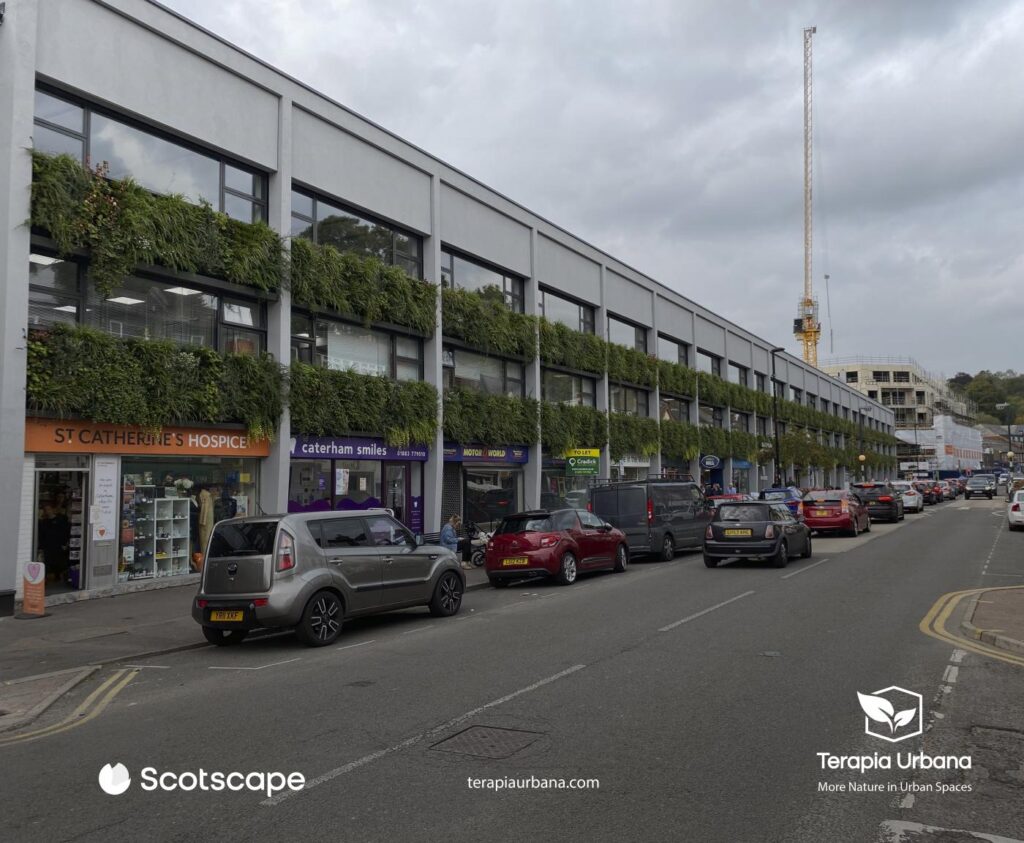
Urban areas retain more heat than the surrounding rural areas, which has severe consequences in terms of climate change and human health. Despite the availability of technologies to address this issue, adoption has been slow due to complexity and cost. It is crucial to take action now to reduce the temperature increase and protect human health.
Acording to WMO, since the 1850s, average global temperatures have increased by over 1°C. Unless significant measures are taken, average global temperatures will have risen by an additional 5°C by the end of the century.
High temperatures will pose a major challenge for cities. It has long been known that urban areas retain more heat than their surroundings. On average, cities are around 5.5°C warmer than rural areas (and even more during hot summers, such as in the case of Madrid, where it can be up to 8°C hotter than the surrounding rural areas). This phenomenon is known as the urban heat island effect (UHI) and is caused by various factors, such as heat-retaining asphalt and concrete, smog pollution from traffic and industry, and heat generated by buildings and vehicles.
The effects of climate change on the environment
Given the expected increase in global temperatures and the fact that over half of the world’s population lives in urban areas, it is essential to address this issue to tackle climate change and protect urban citizens. Taking action now to limit global warming and reduce urban temperatures is important.
The most vulnerable people are the most affected by heat in urban areas. The health impacts of exposure to high temperatures are well-known, with documented symptoms including weakness, dizziness, nausea, headaches, vomiting, diarrhea, shortness of breath, and heart palpitations. The elderly are particularly vulnerable, with a higher risk of health complications and death due to exposure to high air temperatures. In the UK, summer heatwaves in 2019 caused an additional 900 deaths among people aged 65 and older. In the United States, people of color are more likely to live in urban areas with high temperatures and have less access to green spaces and open areas, increasing their risk of suffering from urban heat and its adverse health effects.
Vertical gardens to combat the urban heat island effect
An urban heat island is a metropolitan area that is significantly warmer than its surrounding rural area. This leads to the creation of urban microclimates: the closer you get to the city centre, the higher the temperature. As the name suggests, urban heat islands are due to increasing urbanization, high quantities of hard surfaces and materials used such as concrete and asphalt which absorb heat during the day and later release it, thereby increasing the heat island effect.
To combat the urban heat island effect in urban areas, vertical gardens are an effective solution as they create cooler surfaces.
Green walls can therefore play a very significant heat regulating role, due to the shade they provide and above all due to evapotranspiration which cools the surrounding air, and the formation of dew which has a buffer effect.
Plants act as natural insulation, reducing heat transfer to buildings and thereby reducing the need for air conditioning. This not only saves energy but also reduces greenhouse gas emissions.
Outdoor vertical gardens have considerable potential in terms of resolving energy- and environment-related issues connected with buildings.
In addition, vertical gardens also improve the well-being and health of citizens by providing green spaces in densely populated urban environments. These spaces can promote relaxation, reduce stress, and improve the quality of life for people living and working in urban areas.

